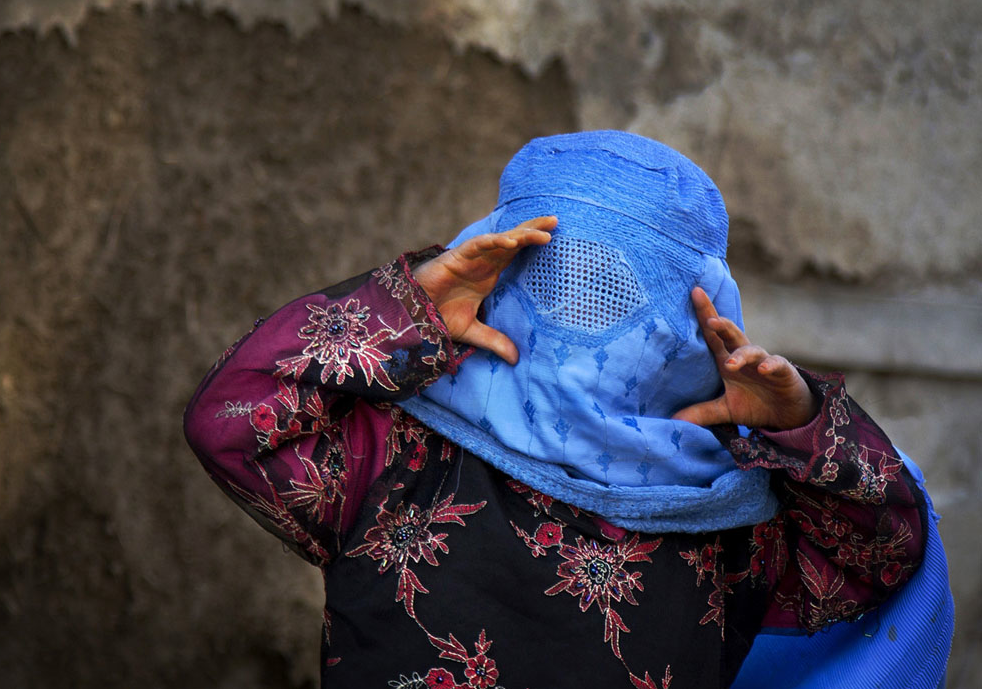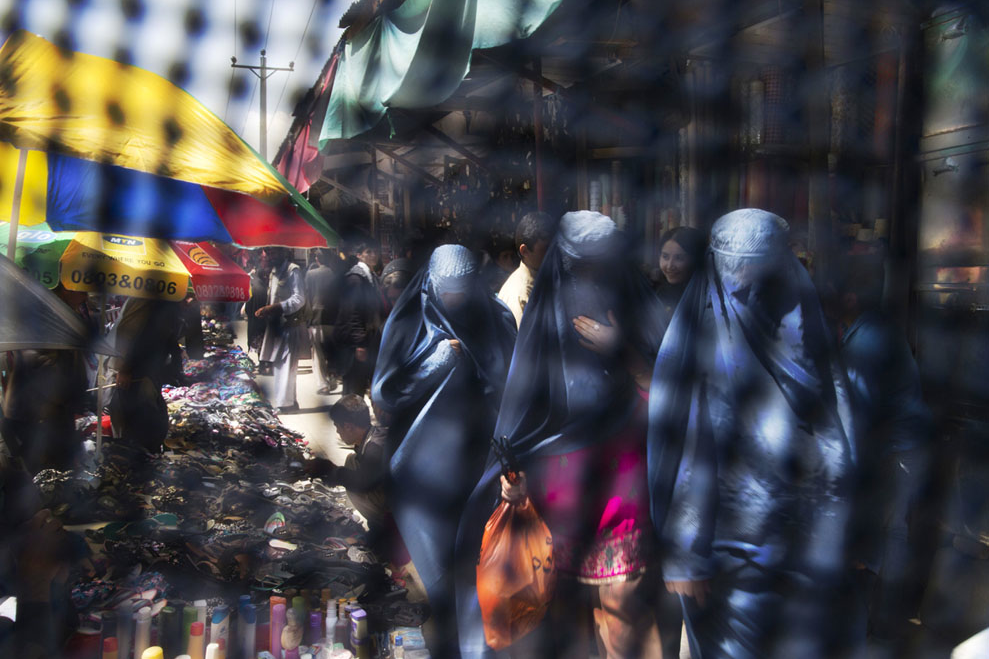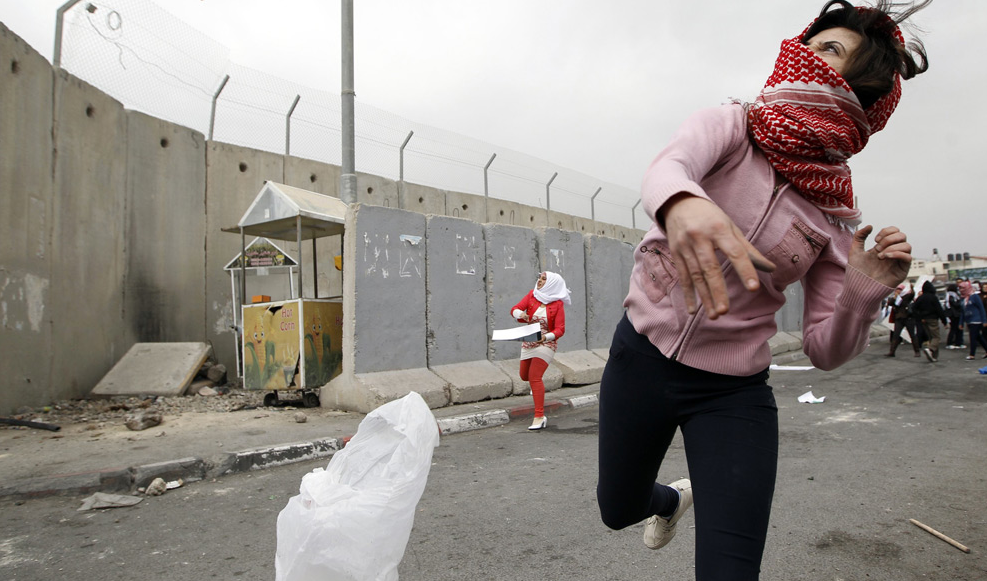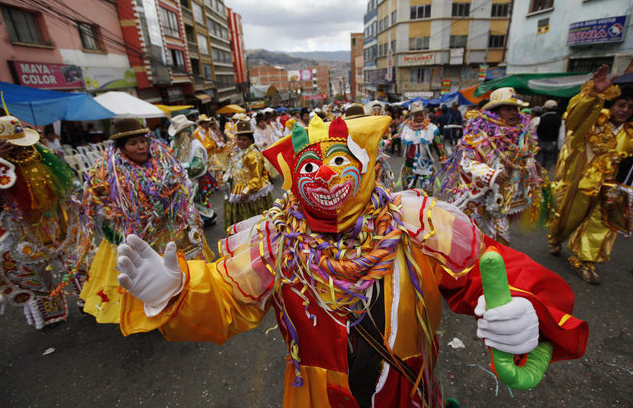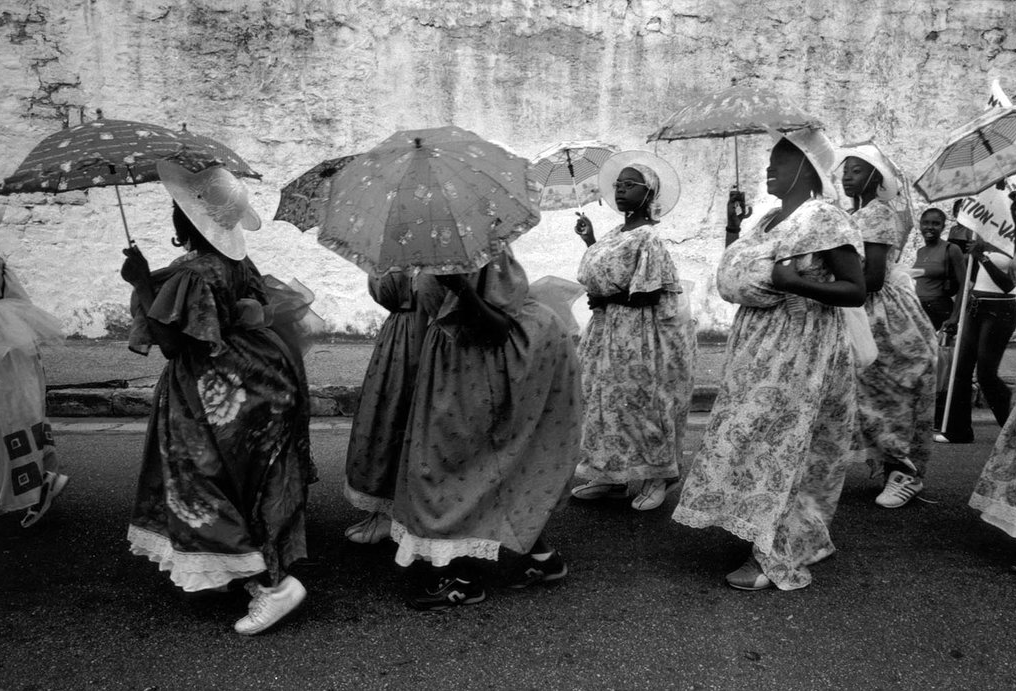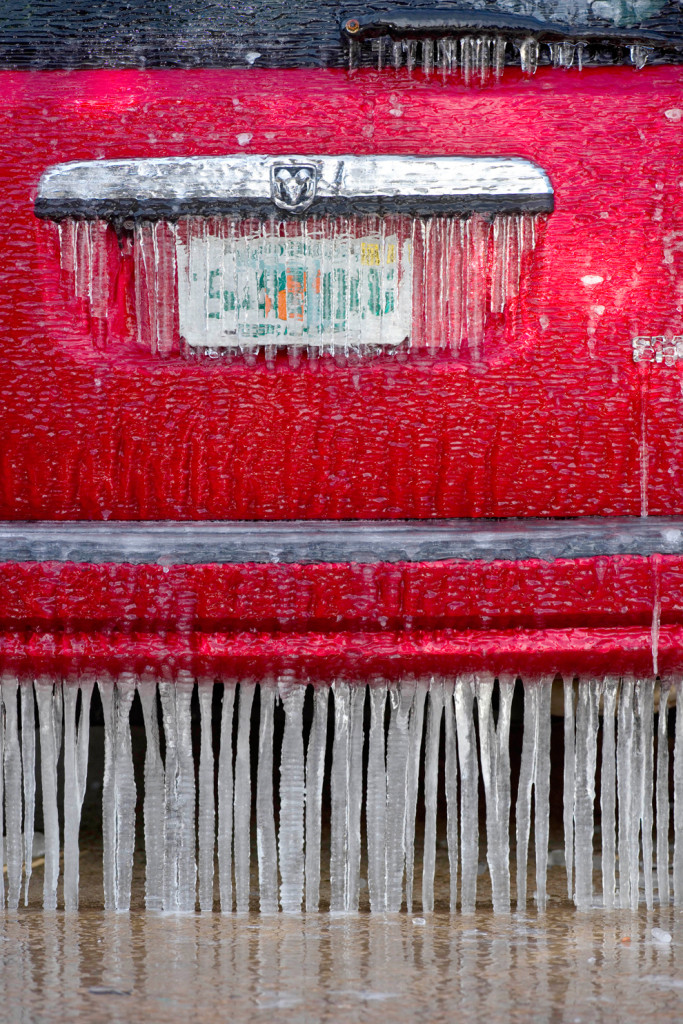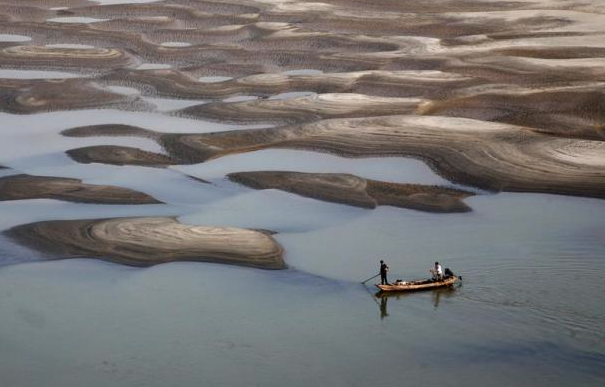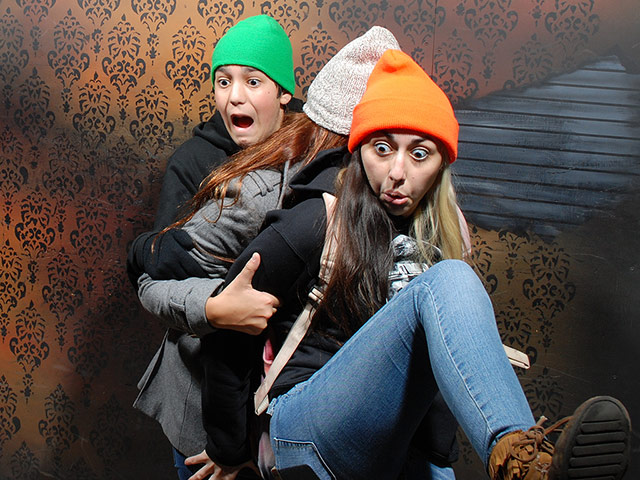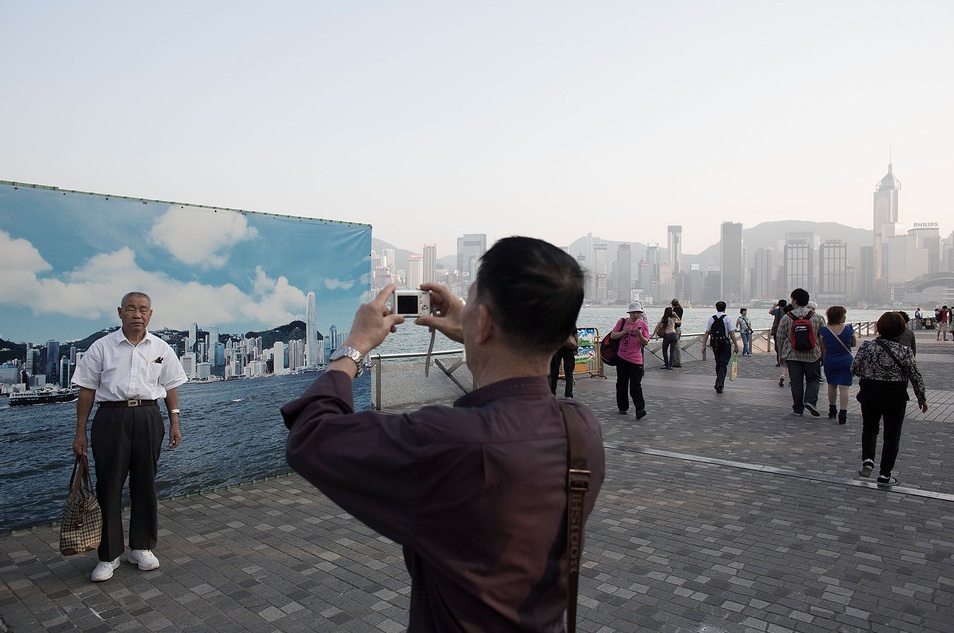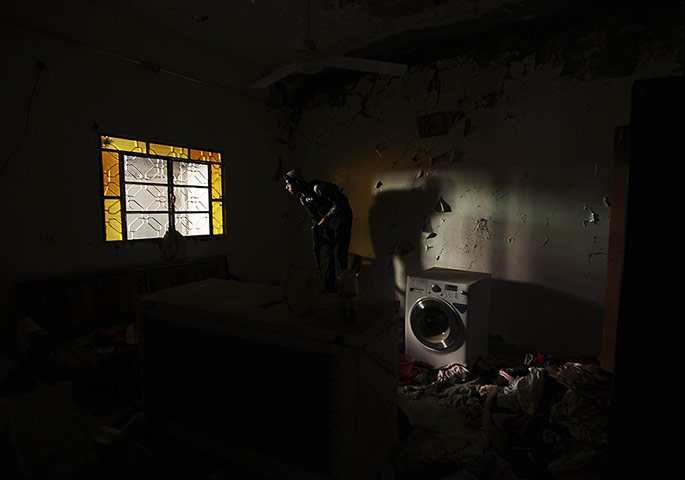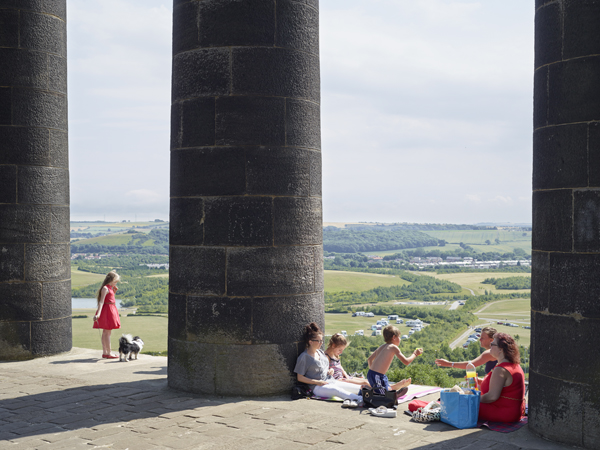I was saddened—and more, really, thoroughly distressed—to learn of the tragic death of photojournalist Anja Niedringhuas in Afghanistan’s Khost Province, murdered by a rogue Afghan police officer as she was preparing to photograph the upcoming elections in that country. Her photography was a testament to what photojournalism at its best enables, which is not simply an objective view of the world, but a complex realism that acknowledges its reliance on a capacious sense of imagination. “Imagination” is not mere fancy—the mind at play with things it already knows—but rather a way of extraordinary seeing that allows us to project our sight beyond the horizon of ordinary observation or conventional belief. Put differently, the photograph is always an indexical imitation of some part of reality, but also a way of seeing that reality more extensively, whether as through the lens of a microscope or a telescope.
The photograph above is in many ways emblematic of Anja Niedringhaus’s considerable archive of photographs (e.g., see here, here, and here) from Afghanistan. What makes it interesting for me is precisely how it puts seeing and being seen in tension with one another. On the one hand we have a child playing as if she were an adult (no different in this regard than a young girl in the US trying to walk in her mother’s high heeled shoes), and thus being seen, and at the same time underscoring what it might mean to see from that perspective, one’s sight obscured by the screen that alters what can be seen. And indeed, the photograph shows the young girl adapting to the change in perspective as her hands frame what the screen in the burqa already limits and obscures. The photograph below, shot at a separate moment in time, provides the reverse shot, focusing more on seeing than being seen.
One could make much from these two photographs about how women are seen and what they are able or allowed to see in Islamic cultures, but there is a different point I want to emphasize here as these two photographs double for how the photograph as an optical medium itself works, always and already positioning us as those who see and those who are seen. And as the two photographs above demonstrate, seeing and being seen are not altogether innocent activities (think again of the young girl walking around in her mothers shoes), but are traversed by vectors of power and colonized by societies and their institutions. And it is when the photograph accesses its capacity to energize the imagination in this capacity that it removes us from the world of simple questions of who, what, where, when, and why—all important questions, to be sure—and helps us to see questions of relevance, resonance, and engagement. In short, they can help to pull us out of our ordinary indifference, and perhaps to challenge—or at least acknowledge—conventional wisdom or denial. It shows us as “seeing” and “seen” subjects.
Anja Niedringhaus was a master at employing her art—and let there be no mistake, photojournalism is a public art— to display a more nuanced realism that prodded us to see the world in extraordinary ways and thus to imagine what it might mean to associate with others—to see and to be seen—in a more humane fashion.
RIP
Photo Credit: Anya Niedringhaus/AP Photo
